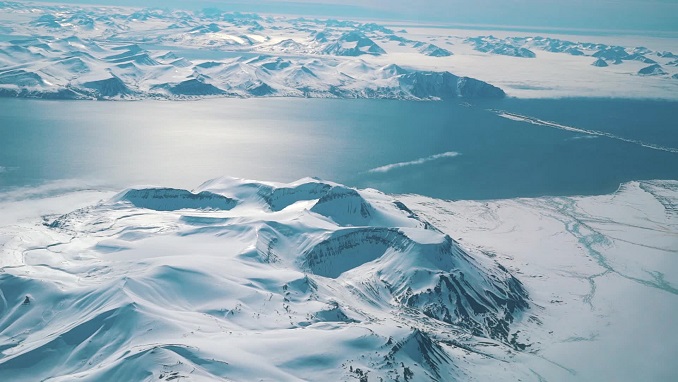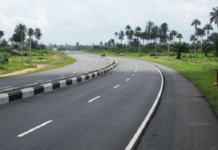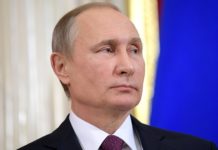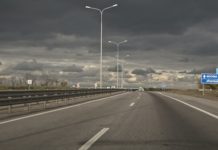Aviation in Russia’s Arctic will be boosted by investment projects for natural resources development, but the projects would need the state’s participation in logistics and infrastructure, experts told TASS.
According to analysts, the funding of local airlines is crucial to enhancing the accessibility of the Russian Arctic’s most hard-to-reach settlements.
In March, Russia’s President Vladimir Putin inked a decree on the national policy in the Arctic until 2035. The document pays special attention to the aviation sector. Affordable year-round long-distance, inter-regional and local flights are among priority tasks for the Arctic zone’s social development. The priority infrastructure tasks include the development of a network of airports and runways.
As many settlements in the Arctic aren’t connected by roads, aviation is the only way to travel. For example, for residents of many Arctic settlements a helicopter flight is the only option to get to a regional center or a big city. However, helicopter flights depend greatly on weather conditions, and in bad weather people have to line up to get to the mainland.
“It is not that you buy a ticket and can be sure you’ll fly. It is only right before the flight departure that you will learn whether you fly or not. Chances depend on luck, and whether you managed to get through to the call center to book the flight a week in advance. If, for example, you failed to depart, your place on the line is lost, and you have to call and re-book again a week before the flight. Last autumn, we had to be dialing and dialing for six weeks,” a teacher from Taimyr’s Volochanka settlement, Denis Terebikhin, told TASS.
The regional authorities allocate big money every year to improve the situation, but it does not change much, they say. “In order to provide regional and local carriages in the Krasnoyarsk Region, we need additional funds, about 1.11 billion rubles ($14.5 million),” says the region’s Minister of Transport Konstantin Dimitrov.
The IrAero company (Irkutsk) told TASS that full-fledged social and economic development of the Arctic territories in Siberia and the Far East includes as its integral part a program for the reconstruction and support of airport network. “Poor infrastructure is the main obstacle for air transportation in the Arctic and in the North,” the company explained.
Experts say that federal subsidies for local passenger flights could boost aviation in the Arctic. Presently, such subsidies are paid by regional or even municipal budgets. In late 2019 – early 2020, this situation was discussed at the federal level, however, due to the current coronavirus pandemic the issue has taken a back seat.
“Since for most locals there is no alternative to air communication, the only way to make trips affordable is to apply federal subsidies for such routes,” Kamchatka Region’s Acting Governor Vladimir Solodov told TASS.












